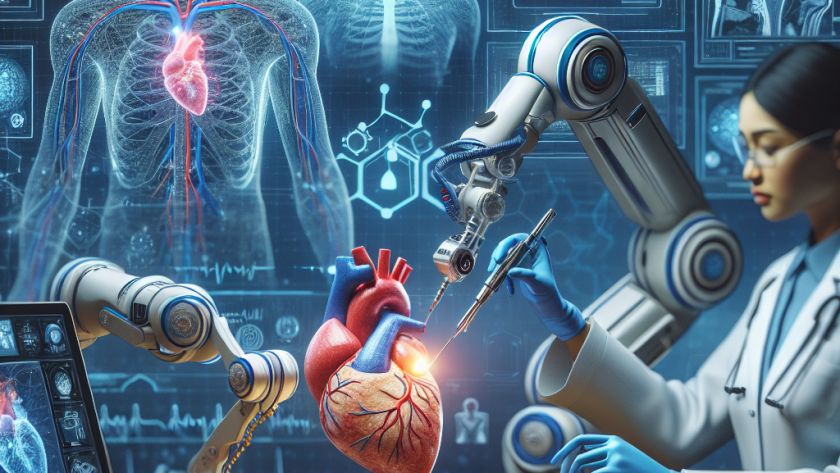MIT engineering students Irene Terpstra ’23 and Rujul Gandhi ’22 are collaborating with the MIT-IBM Watson AI Lab to advance Artificial Intelligence (AI) systems using Natural Language Processing (NLP), taking advantage of the vast amount of natural language data available. Terpstra is focusing on the application of AI algorithms for computer chip design, leveraging the…












